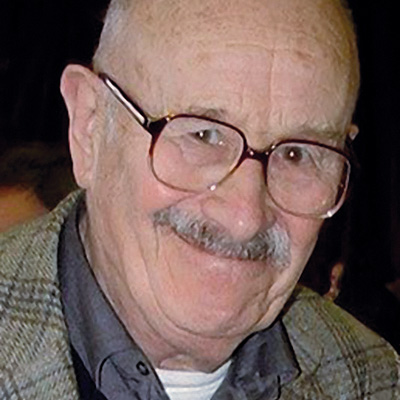Willing believers
Sometimes, all it takes is the whiff of a new perfume or, in this case, its name to set a train of thought in motion. Paul Smith’s Optimistic does it for David Bernstein

Designers are versatile, multi-skilled and willing to try most things, venturing into areas they are not identified with, let alone trained in. (Paul Smith as philosopher? More of which in a minute.) They might agree with Dorothy Parker and her cure for boredom: curiosity.
Alan Fletcher’s magnum opus, The Art of Looking Sideways, is a triumphant paean to curiosity. But then, few people I know see things the way he did, finding the extraordinary in the ordinary. Paul Smith admits to finding inspiration in the ordinary ’the things around me’ in a short think piece in the current issue of The Quarterly. The theme is positivity, and he is frank about his purpose. He has just launched a new fragrance, called Optimistic.
He believes he has caught a mood. Despite the gloom engendered by ’challenging events, terrorism, war and global economic crisis’ or, as he says, perhaps because of it, ’this generation sees change as an opportunity, not a threat’. It is a view I endorse except that there have always been optimists, albeit at times in insufficient numbers to constitute a critical mass and maintain a zeitgeist.
Smith compares today with the 1960s ’the last time the young faced such a mixed outlook, the decade of pop and flower power as well as the Cuban missile crisis and Vietnam’. Turbulence, he argues, generates hope and creativity.
What the 1960s taught the decade’s young was the joy of self-expression and the realisation that some of the restrictions they had accepted from their elders merited interrogation, rather than respect class, accent, dress codes, Oxbridge, plus process, i.e. the way things had to be done.
’Creativity’, hard though it is to believe now, was a strange new word. Arthur Koestler defined it for us: ’the defeat of habit by originality’. Milton (’I love NY’) Glaser’s take was similar: ’disruption of expectation’. It was indeed a revolutionary time and things, we learned, could be done in a new way, if only custom were overthrown.
Go back with me a further couple of decades to World War II and the situation was similar. Cinema flourished, documentary had a new lease of life, graphic art thrived in its battle dress of propaganda and hope was generated by, if not turbulence, then Tin Pan Alley (’It’s a Lovely Day Tomorrow’, ’Blue Skies are ’Round the Corner’) and, above all, by the exhortation and inspirational language of cheerleader Winston Churchill. It is fashionable to deride the ’Blitz spirit’, but that image was real, crafted by willing believers. Hope and optimism might not win the war, but their opposites, fear and pessimism, could certainly lose it.
The optimism of the 1940s had its reward on VE Day, grew three years later with the London Olympics and bloomed at the beginning of the next decade with the Festival of Britain, which stimulated a pride in the potential of Britain’s industry and crafts, designers and makers.
Today’s youth may not have an equivalent focus or sense of a brighter future. Nevertheless, optimism is a hardy plant. An optimist, decrees the Oxford English Dictionary, is one who, with or without sufficient reason, hopes for the best.
Optimism will out. I recall setting a creative workshop class of 20-somethings a project out of their comfort zone how to persuade people their age to take out a personal pension. The brightest group examined what benefit a regime of saving could bring in later years and chose to rebrand the product. Pension became ’Fun Fund’. Smith, too, hopes his new scent ’will spread a bit of fun’. I must try it.
David Bernstein was founder of The Creative Business and is a creative consultant
-
Post a comment




